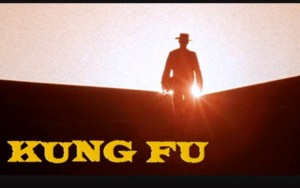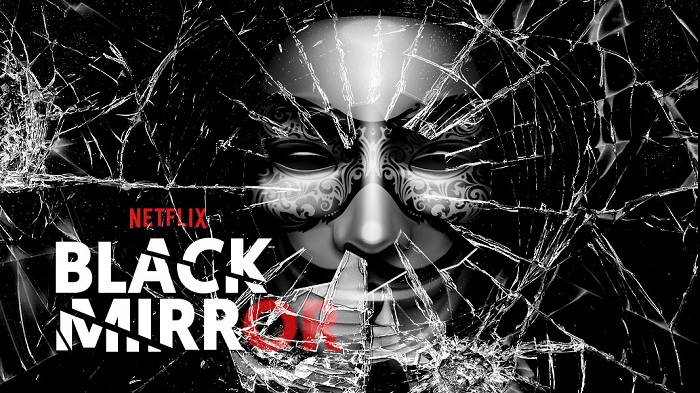Michel de Montaigne (1533-1592) has been recognized as one of the most significant philosophers of the 16th century. Born into a privileged family and raised during the period of the French Renaissance, he was educated in a private boarding school where all his lessons were taught in Latin. Because of his family’s great wealth, he was free to devote the first half of his life to jobs serving the public sector; including volunteering as a legal counselor, advisor to King Charles IX and mayor of the town of Bordeaux.
In 1571, at the age of 38, he retired from public life to his estate, where he isolated himself from all social and family affairs so that he could dedicate his time to reading, meditating, and writing. It was in his castle’s round library room – which contained more than 1,500 books – where Montaigne probed his mind and produced two highly influential books titled simply Essays; which he published in 1580. Montaigne wrote that “I am myself the matter of my book“, and his stated goal was to describe humans, and especially himself, with utter frankness.
Some of the key topics Montaigne explored in his various essays include:
- Mankind’s dangerously inflated claims to knowledge and certainty
- The assertion that there is no greater achievement than the ability to accept one’s limitations
- The problem of trying to locate truth in commonly accepted ideas that are false or unexamined – especially since many things we held yesterday as articles of faith today we know as fables.
- The importance of freeing ourselves from outside influences, customs and opinions
- His belief that the best path to understanding truth is by a careful exploration of one’s own body-and-mind.
Montaigne believed that the self, even with all its imperfections, was the best possible place to begin the search for truth, even though our identities can’t be defined as a stable thing because it is always changing. The most obvious example to him was the struggle of living with the infirmities of a human body. “Our bodies smell, ache, sag, pulse, throb and age regardless of the best desires of our mind“. It is only in acceptance of these traits that we can remain faithful to the truth of one’s being.
Montaigne isolated himself while writing his Essays but maintained the importance of maintaining contact with the outside world of other people and events because one can learn much that is useful from others. He described human beings as having a front room, facing the exterior street, where they meet and interact with others, but also with a back room where they are able to retreat back into their interior private self to reflect upon the vagaries of human experience and consider how it impacts their intimate identity.
Montaigne was refreshingly different from other philosophers and academics of his day who believed that their advanced powers of reason were a divine gift that gave them mastery over the world and a happiness that was denied to lesser educated creatures. He mocked those philosophers who were proud of their big brains and his writings come across as wise and intelligent – but also as modest and eager to debunk the pretensions of learning.
He wrote of his fellow academics and philosophers: “On our highest thrones in the world we are seated, still, on our arses” and, “…in practice, thousands of little women in their villages have lived more gentle, more equable and more constant lives than us.
He mocked books that were difficult to read. He found Plato boring and just wanted to have fun with books. “I’m not prepared to bash my brains out for anything, not even for learning’s sake – however precious it may be. If one book tires me, I just take up another“.
[note: I must admit that this sentiment makes me feel somewhat better about my decision to hold off reading the notorious difficult novel Ulysses by Irish writer James Joyce].
Montaigne was honest about the limitations and usefulness of his own intellect and attacked his prestigious academic friends for studying difficult things that were not useful to our lives.
“Difficulty is a coin which the learned conjure with so as not to reveal the vanity of their studies. Intellectuals would prefer you to study other people’s books way before we study our own minds. If man were wise, he would gauge the true worth of anything by its usefulness and appropriateness to his life”
I can’t help but wonder if Montaigne’s admiration for the working class – and life’s simple things – stemmed from the decision his humanist father made to leave him for three years when he was a small boy in the sole care of a peasant family in their town, in order to “draw the boy close to the people, and to the life conditions of the people, who need our help“.
Whatever the reason for his modest and humble personality, Montaigne comes across as one of the world’s first examples of a tolerant mind; a breath of fresh air in the cloistered and snobbish corridors of 16th century academia. He became an inspiration and encouragement to all those who felt put-upon and patronized by the arrogance of self-proclaimed clever people.
Montaigne tells us that each one of us is richer than we think. We may all arrive at wise ideas if we cease to think of ourselves as unsuited to the task just because we haven’t been classically trained or happen to lead an ordinary life.
The inscription Montagne had placed on the crown of the book shelf in his library was “I do not understand; I pause; I examine“. He had the inscription placed there to remind him of the limitations of his own knowledge and to caution him about the dangers that can result when one hastily forms opinions without careful consideration of all the facts.
Too many people today, especially since the advent of social media – which allows anybody to pass themselves off as experts – form their beliefs by adopting commonly accepted ideas or by making broad generalizations. Outside influences and political talking points trigger knee-jerk reactions from those who fail to take the time to study all sides of a topic – or to consider what is the truth and what is morally just.
It would be refreshing if more of us today, before forming our opinions, would like Montaigne, acknowledge the limitations of our knowledge, admit that we don’t fully understand a topic and then take time to examine all aspects of the issues in question using qualified experts in the field as our guides.
The danger of operating a society with uninformed or half-informed subjects was identified as early as the 2nd century by the Roman writer Publilius Syrus who said that it is “Better to be ignorant of a matter than to half know it“.
Today there are so many competing sources of information, where anyone with a computer can offer their uninformed opinions. Few people check the credentials of writers or the authenticity of the facts, and foreign actors can easily spread misinformation along via unregulated social networks.
The next time we are asked to form an opinion or make a decision about subjects we do not fully understand, we would do well to follow the sage advice of Montaigne: Do not let somebody else speak for you and do not fall prey to the pressures of biased outside influences. Instead take a moment to pause, study all sides of the issue, consult qualified experts and sources, and endeavor to reach true understanding.
If you can summon the conviction and discipline to do this, then you will be able to take solace knowing that even though you can not govern external events, you at least govern yourself.



